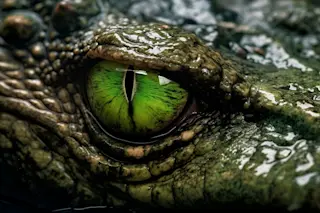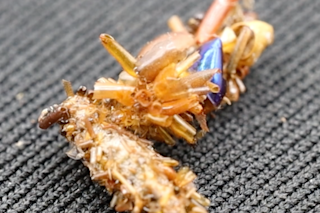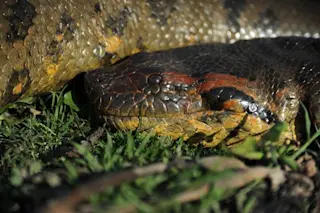Studies of fossil seabird skulls at London’s Natural History Museum have revealed that the animals’ brains and sensory systems were remarkably advanced. Scientists used computed tomography (CT) to scan two 55-million-year-old bird skulls. “The shape of the brain is imprinted on the inside of the skull,” says paleontologist Angela Milner. Virtual models of the avian brains looked surprisingly similar in size and shape to those of modern birds. This sophisticated brain structure, Milner speculates, may have allowed ancient birds to adapt to the environmental changes that had killed off their dinosaur kin 10 million years earlier. Research in modern birds supports this idea, showing that a bigger brain aids survival in a novel environment.
In a separate study, CT analysis of the inner ear of Archaeopteryx—a 145-million-year-old creature considered to be a link between reptiles and birds—indicated that it “had hearing ability much like a modern emu,” says Paul Barrett, another paleontologist at the museum. The results suggest that superior auditory capabilities in birds evolved earlier than previously thought. Barrett’s team now plans to expand the study to other dinosaurs.














